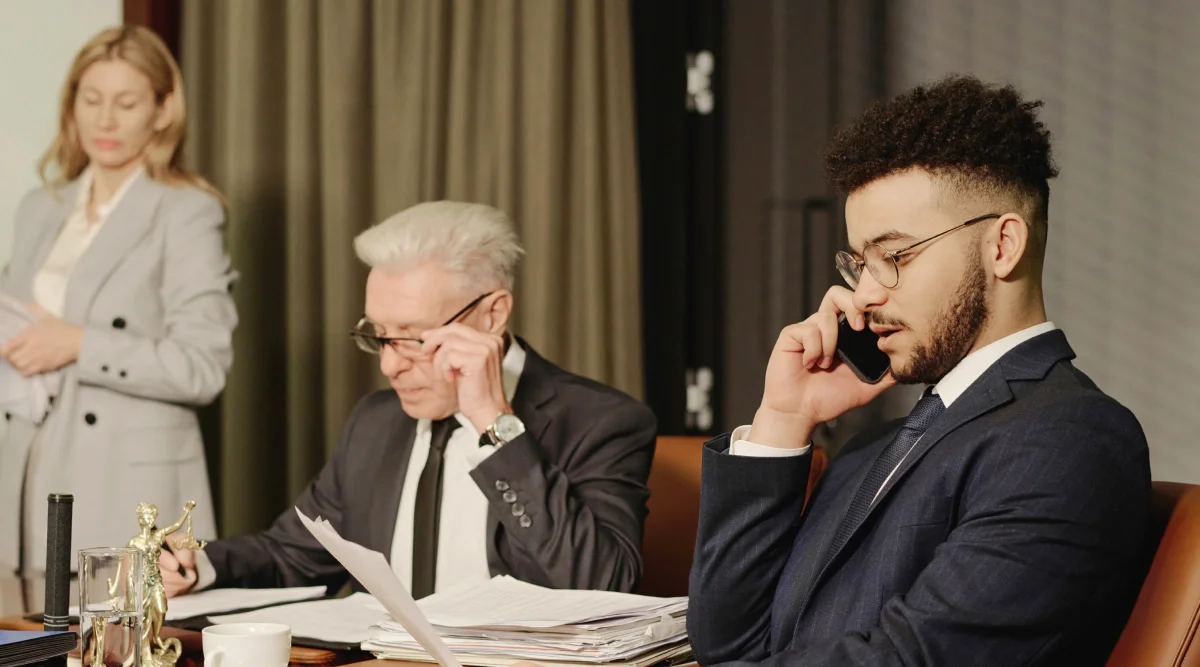We've all heard the stories: Disney sends Florida daycare centers “cease-and-desist” letters when the daycare centers paint their walls with pictures of Mickey and Minnie Mouse and their dog Goofy. Disney sues a couple for wearing costumes of Tigger and Eeyore from Winnie-the-Pooh to a party. Basically, if you paint, wear, or otherwise display something that a company believes to be its trademark (especially if that company happens to be Disney), you may have opened yourself up to a claim of trademark infringement.
United States law allows the holders of federally registered trademarks to sue others who use those marks without permission, when the use in question causes a “likelihood of confusion” to actual or potential customers. That is, if I am likely to believe that goods or services from Company B (the unauthorized user) are either from or endorsed by Company A (the holder of the registered mark), then Company A can sue Company B for trademark infringement. There is one notable exception to this: when the unauthorized trademark is not a trademark use at all. For examples, read on.

Exception to the Rule #1: Nominative fair use
First of all, there is a fairly well-recognized carve-out to infringement, called “nominative fair use.” This concept borrows from copyright's “fair use” exception, which allows certain uses to be made of copyrighted work without permission or payment—uses like news reporting, parody and others—uses that Congress and the courts have determined are either protected by the First Amendment, do not harm the market for the original work, or some combination of both. Basically, when you can't say what you need to say without using some portion of the copyrighted work, you can use as much as you absolutely need to say it. A great example is the rap group 2 Live Crew using Roy Orbison's “Oh, Pretty Woman” as the basis for a song of their own that parodied plain-vanilla rock-n-roll.
In the trademark context, nominative fair use is more or less the same. If you are using someone else's trademark to make a point, to comment on the other company's offerings or to comment on the mark itself, or to state something true about your own business that you can't say without using that trademark, you may qualify for nominative fair use. A good example of this is an authorized Lexus dealer who included the word “Lexus” in its domain names, buy-a-lexus.com and buyorleaselexus.com. Lexus sued for trademark infringement and was shot down [PDF] on nominative fair use grounds: the dealer was simply stating something true about its business—that it legally sold and leased Lexus automobiles.
Exception to the Rule #2: Functional use
There's another way that your use of another's trademark might not be infringing, and this may have saved both “perpetrators” in the aforementioned Disney matters—if your use of the trademark is “functional.” How can a trademark use be functional? Well, it's something like fair use, again—if you are using the mark to do something other than inform the public about the source of goods or services, then your use of the trademark may be functional. A recent case provides an expansive view of this. In Fleischer Studios, Inc. v. A.V.E.L.A., Inc. [PDF], plaintiff Fleischer Studios claimed ownership of copyrights and trademarks in the character Betty Boop. Defendant A.V.E.L.A. had sold licenses to other parties to use Betty Boop, based on vintage posters featuring that character. (For purposes of this article, let's just assume that Fleischer owns Betty Boop.) A.V.E.L.A. licensees then placed Betty Boop's image on dolls, T-shirts, and handbags. The court, in a somewhat surprising ruling, decided that these placements were not trademark infringement, since they were not likely to deceive consumers about the origin of the products, but were, rather, functional uses of the character.
Functional how? Well, the Fleischer court stated that one function of well-known characters, placed on clothing, jewelry, and the like, can function to tell the public that the owner of these items identifies him or herself with that character, or even that he or she likes that character. A previous case, quoted in Fleischer, calls this “allowing the wearer to publicly express her allegiance” to the subject of the trademark. In that case, the subject was a young woman's organization—in this case, the subject matter is Betty Boop. One can see how Fleischer Studios, then, is something of a surprising extension: it's pretty understandable to say that expressing one's affiliation with or allegiance to a civic organization is a “functional” use of a trademark—less so that someone can express allegiance to Betty Boop … or Mickey Mouse. But, according to Fleischer Studios, the two are the same. So there it is … at least for now.

A case for future trademark law?
This case, if followed by other circuits or in any way blessed by the Supreme Court, could have incredible reach. Want to make and sell sports jerseys with your favorite team's insignia emblazoned on them? Functional—proves the wearers are fans of the team. No infringement. Want to put Buzz Lightyear on a bedspread? Functional—proves your kid loves Buzz Lightyear and sleeps better with him in the room. No infringement. It's almost impossible to imagine these results—the case has yet to be followed by name or in spirit by any other court, and hasn't even been cited by its own court in any subsequent case yet. So whether this is the new state of the law definitely remains to be seen (check in for updates!).
But if the letter of Fleischer is followed, these seemingly far-fetched results could actually come to pass. Oh, and daycare centers just might be allowed to paint murals of Mickey and Minnie on their walls with complete impunity—just imagine.

